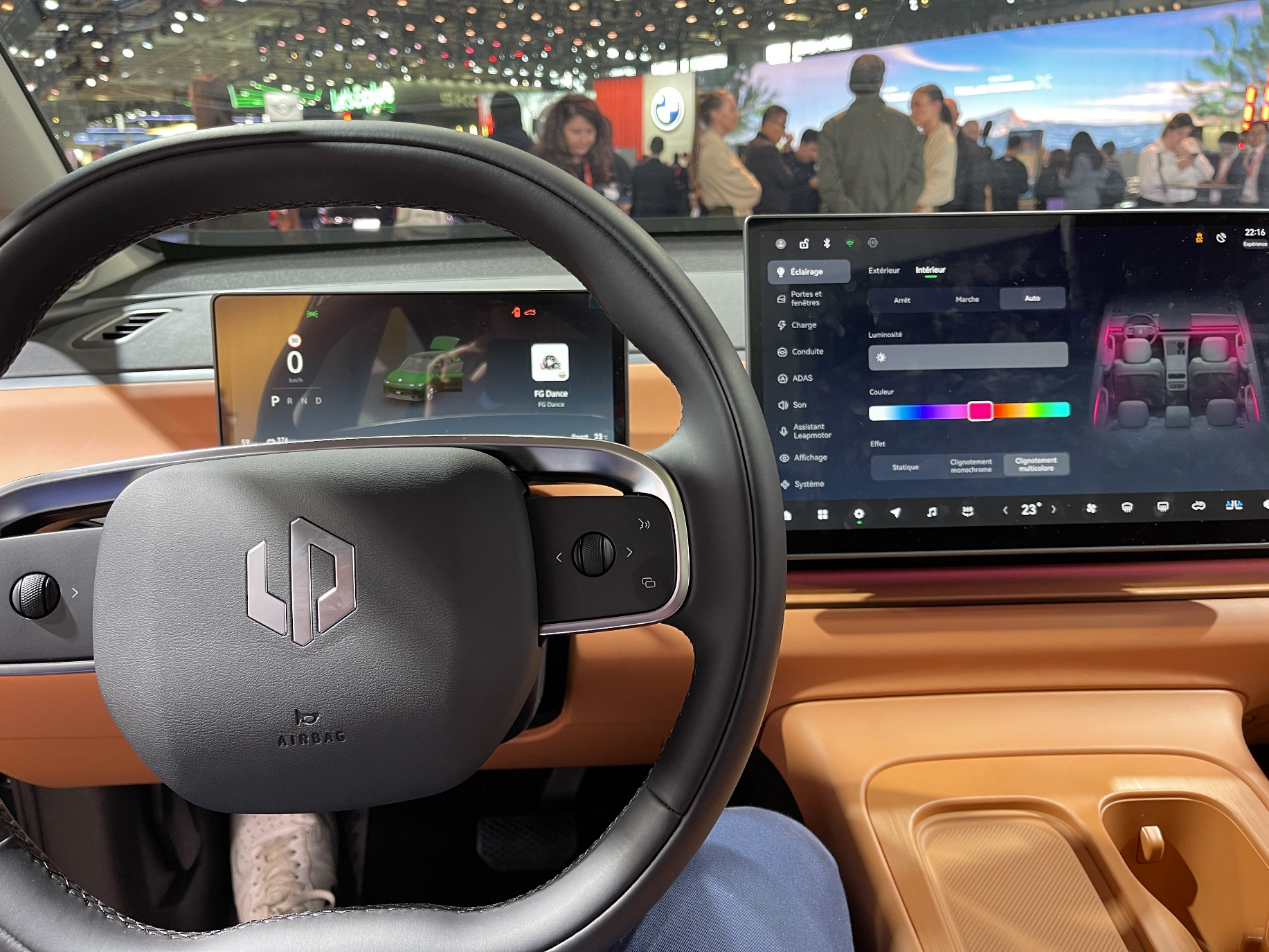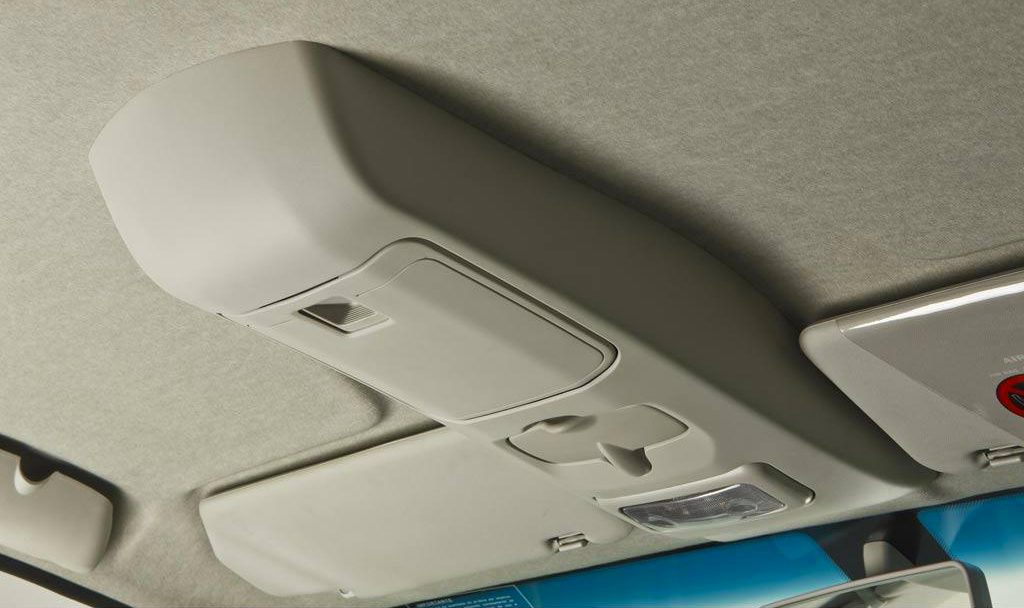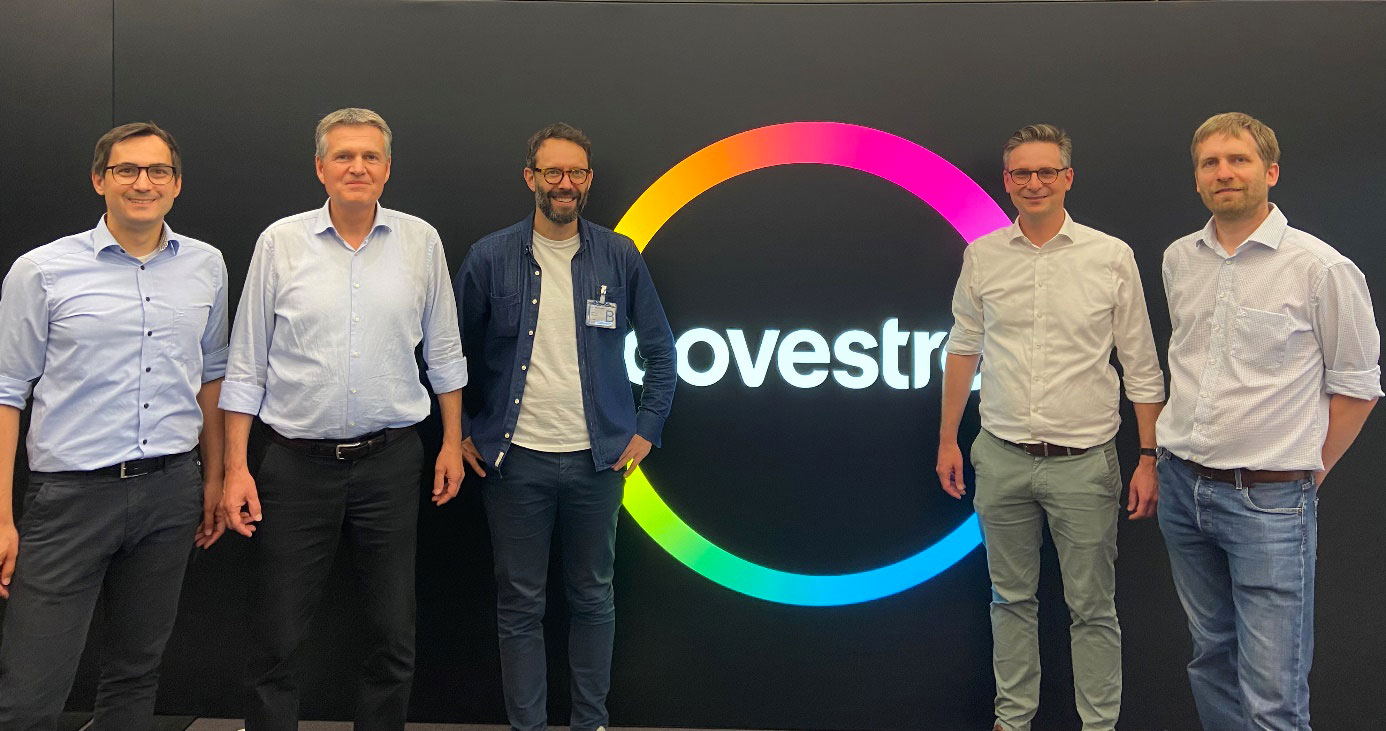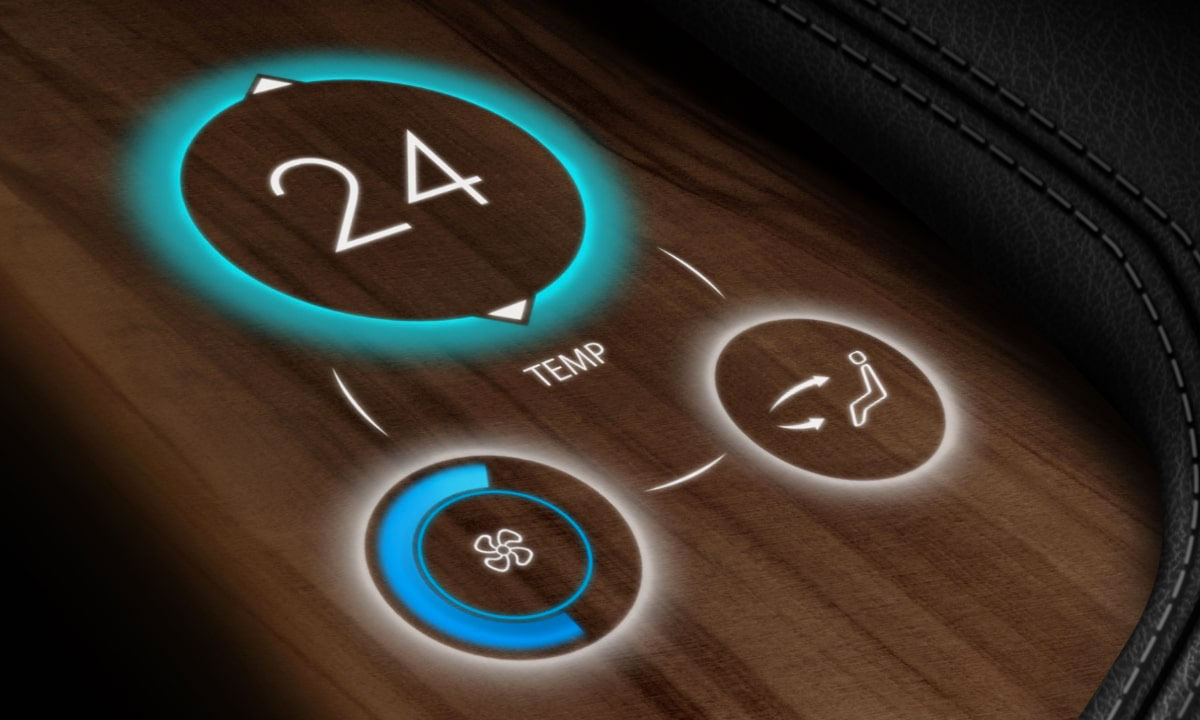By Paul-Henri Matha, DVN CEO
DVN’s Paul-Henri Matha: Ogawa-san, It is a pleasure to meet you in person. I am grateful for this opportunity. Please tell us about yourself and your involvement with Nichia.
Hiroyoshi Ogawa: Born in 1966, I grew up in the neighborhood of Nichia’s headquarters in Anan, Tokushima. I spent my childhood there until I moved to Tokyo at 18 to attend university. I graduated from the Faculty of Economics at the University of Tokyo in 1988, and subsequently worked at Mitsubishi Electric for five years.
In 1993, I joined Nichia Corporation, and in November of that year, Nichia made a groundbreaking announcement: the world’s first high-brightness blue LED using Gallium Nitride.
My family has a long history with Nichia; my grandfather was president when I was born in 1966, the same year Nichia began mass-producing phosphors for fluorescent lamps. The current chairman served from 1989 to 2015. Since the spring of 2015, I have had the honour of serving Nichia Corporation as its president.
DVN: How is the evolution of LED efficacy going to effect vehicle lighting?
H.O.: While the theoretical maximum efficacy of LEDs is around 270 lm/W, many companies are already mass-producing products that exceed 200 lm/W. At this level, further efficacy competition become less significant. Instead, the focus should shift to the benefits of switching from traditional light sources (bulbs and tubes) to solid-state light sources, as well as the quality of light, focusing on the spectrum.
The challenge is not only how to transform and evolve traditional lighting with solid-state light sources such as LEDs and laser diodes, but also to enhance the quality of light, rather than merely increasing the quantity of light measured in lm/W.
In automotive applications, the electrification of vehicles requires the development of more efficient lighting and signals with lower power consumption using solid-state light sources. This is related to our concept of μPLS (micro-pixelated light source), a vehicle lighting system that serves both as illumination and a form of human-machine interface. It can project signals and messages, functioning as more than just simple lighting—it also acts as a projection system. We are focusing on what can only be accomplished with solid-state light sources like LEDs or laser diodes.
Beyond automotive applications, we offer products that adjust the circadian rhythm to contribute to comfortable living environments. These products can change their spectrum according to the time of day. In terms of design, we call these ‘stealth downlights’. What the market demands for lighting fixtures is that they remain as invisible as possible. We believe this principle applies to automotive headlamps as well; the lighting units should be as discreet as possible. In fact, hidden lighting units can unlock new design possibilities.
DVN: Why is there an efficacy differences between LEDs for general lighting (200 lm/W) and for vehicle lighting (160 lm/W)? What efficacy levels do you target for 2030?
H.O: Regarding these differences, the structure varies depending on the lighting equipment. Generally, indoor lighting fixtures still have enough space to use several LEDs and cannot accommodate large heat sinks, so they are used in relatively efficient current ranges. In vehicle lighting, especially in headlamps, there is no space to spare, so each LED is used with a higher current, which results in lower efficacy. Nichia believes that improving quality of light, rather than just engaging in an efficacy competition, ultimately benefits the customers and the market.
Additionally, it is crucial to understand that not only LED efficacy but also the overall improvement of the lighting fixture’s performance is important in the end.
The target value for efficacy by 2030 is around 240 lm/W.
DVN: What do you mean by ‘stealth’?
H.O: Stealth in this context simply means as invisible as possible. Additionally, through task and ambient lighting, which deliver necessary light to where it is needed, we contribute to energy saving. We believe that our challenge is to continue developing LEDs and laser diodes that can contribute greater values in fields other than automotive applications, too.
DVN: How is the laser market evolving, and how are Nichia innovating in that sector?
H.O: Laser diodes were once used primarily in Europe for additional high beams, but their demand has been decreasing. The need to illuminate distances over 1 km with additional high beams has not been as significant as initially anticipated. Similar to aforementioned stealth downlights, the key feature of laser headlights is that they can be miniaturized even more than LEDs. Interestingly, lasers have also gained momentum in other industries, starting with blue pickup lasers for Blu-Ray and other optical memory devices, and later in projectors and cinema applications. This technological crossover highlights the versatility of laser diodes as very small light sources with high brightness, which we expect will further expand their potential in future automotive uses.
In the domain of human-machine interface, while LEDs are predominantly used for HUD light sources, laser diodes are emerging as a superior option for projectors. This shift is expected to gain momentum in the coming years. Additionally, as ADAS (Advanced Driving Assistance Systems), continue to develop, there is a growing market trend to use laser projection functions in both white and RGB formats as ADAS evolves. Recognizing this evolution, we aim to provide RGB laser diodes for automotive applications.
Of course, ADAS is used in a variety of ways to enhance vehicle safety and improve driving convenience. For example, the technology assists drivers to maintain awareness of a car’s surroundings, including the distance to vehicles in front, behind, and on either side, while helping to keep the vehicle aligned centrally. This includes systems such as adaptive cruise control, lanekeeping assistance, and collision avoidance. ADAS can extend to the interior of the vehicle, providing features like alerts when the car ahead becomes too close or overtaking is blocked by a fast-approaching vehicle.
Expanding beyond automotive applications, there are niche markets for laser diodes in various industrial applications, measuring instruments, medical devices, and light sources for 3D printers. With the rise of vehicle electrification, the demand for copper materials have increased, highlighting the importance of copper metal processing. Given copper’s absorption properties, short-wavelength blue laser diodes are more effective light sources than the traditional infrared ones, particularly in laser welding applications where high precision is needed. We are focusing the development of these diodes. Our current focus is on hybrid blue + infrared laser diodes. Besides visible light applications, we will continue to explore new areas in metal and other processing applications.
DVN: How does Nichia avoid shortages and manage geopolitical risks?
H.O: Several years ago, when many companies experienced parts shortages, Nichia remained unaffected. We consistently maintained sufficient capacity and inventory levels to meet demand.
Fundamentally, we are focused on developing comprehensive databases for our supply chain and enhancing traceability management. This effort extends to our suppliers, their suppliers, and even up to the third-tier suppliers, although this process is ongoing.
Regarding the in-house production of key raw materials and components necessary for LED production: while we do source from external suppliers, we are also advancing the in-house production of important industry components within the industry.
In addition to components, we also internalize the production of equipment, including the metal organic chemical vapor deposition (MOCVD) system used to form the emitting layer of LEDs.
However, it is impractical to completely end sourcing raw materials from regions with potential geopolitical risks. For resources being developed outside of China, we are willing to accept slightly higher costs to ensure procurement. By using various procurement routes and maintaining adequate inventory within the supply chain, we aim to minimize geopolitical risks.
DVN: Is your equipment produced in-house?
H.O: While we do purchase new equipment occasionally, most of it is produced in-house.
Given the relatively small size of optoelectronic devices—unlike cars—we can efficiently manage costs and minimize supply chain risks by concentrating production in this region. We consistently maintain sufficient capacity to meet market demands, so we do not feel the necessity to establish new production bases in Europe or the United States, nor do we have any plans to do so.
Our factories for automotive LEDs and laser diodes are equipped with earthquake-resistant or seismic isolation structures. At the Tatsumi factory we have implemented tsunami safety measures, including coöperation with national and prefectural authorities to construct levees. Additionally, we have elevated the building as a precaution. We are striving to establish a production system that maximizes efficiency and safety by concentrating operations in this region.
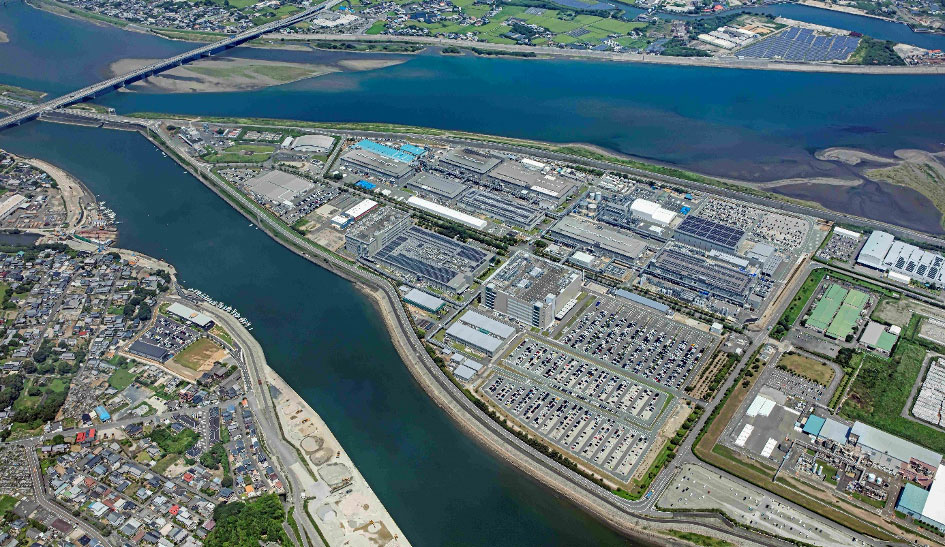
DVN: What is Nichia’s strategy for sensors, IREDs, and lasers for lidar?
H.O: Currently, our product portfolio does not include lidar, IR LEDs, or IR laser diodes. While the market primarily demands light sources, we have received inquiries about our plans for sensor technology. We have successfully produced red laser diodes in-house, and using the same material system, we can extend production to near-infrared (around 1,000 nm). This development provides us with technical foundation to produce both red and near-infrared laser diodes and LEDs in the future.
DVN: What is Nichia’s strategy for combined LED + IC (like Infineon’s microLED development)?
H.O:We are proud to announce that Porsche have adopted our intelligent lighting technology for one of their applications. We believe that the potential for expansion of both applications and lineup will be significantly enhanced by strengthening our collaboration with Infineon through our existing alliance.
Additionally, while we are slightly behind our competitors in terms of the lineup of RGB LEDs with IC, we plan to expand our lineup of these general LEDs with IC, alongside our innovative and advanced products.
DVN: What are Nichia’s strategies for displays?
H.O: We consider that the unchanging value required for automotive displays is safety, meaning visibility as an information display device is the most important aspect.
As for the display application, we have structured our lineup based on different distances. The key elements for all these Nichia solutions are the provision of high brightness and visibility.
Our strength as a light source manufacturer is the ability to consistently offer a comprehensive lineup of high-performance products supporting automotive display applications.
About OLED, while it has seen partial adoption, we believe that LCD currently offers more advantages for automotive display applications. This assessment considers factors such as high brightness essential for visibility, as well as reliability, cost, supply chain, stability and power consumption. We are actively developing thin, high-brightness LED products specifically for automotive backlighting.
Our showroom features μLEDs, and we have successfully commercialized displays in the several-hundred-inch class. However, their adoption for automotive use will require extra time, primarily due to cost considerations. A significant breakthrough is needed for wider implementation.

Nonetheless, μPLS technology, with its self-emitting system, offers many advantages such as a wide color gamut and low power consumption. We are committed to continuing our internal research and development in this area.
In terms of in-car information displays, there are various applications including laser diodes. We plan to continue developing new applications to enhance the functionality and efficiency of these systems.
DVN: Are you also considering extending your interior display tech for exterior applications?
H.O: As a potential application, we consider car body lighting, but there are challenges including cost and reliability.
DVN: What do you think about new Chinese LED competitors?
H.O: We recognize there is potential for various situations that could arise based on OEM perspectives. Particularly for cars developed and sold in China, many parts might be used without our awareness. China is such a vast market, but for products that can be sourced domestically, we anticipate increasing challenges in selling our products there.
On the other hand, competition within China is intense, and there is a trend to adopt the latest technologies even faster than Europe or Japan. If we can provide products that Chinese LED manufacturers cannot, we believe there is room for us to capture the high-end market in China.
Besides China, Chinese LEDs will likely be prevalent in large markets such as India and ASEAN. However, outside of China, we believe our standard LEDs and production systems have an advantage over Chinese new players, particularly in terms of quality and reliability. In markets outside of mainland China, while we may not be able to compete on price, we are confident in our ability to compete in terms of innovation with the quality and performance of our latest technology products as well as our standard mass-produced items.

